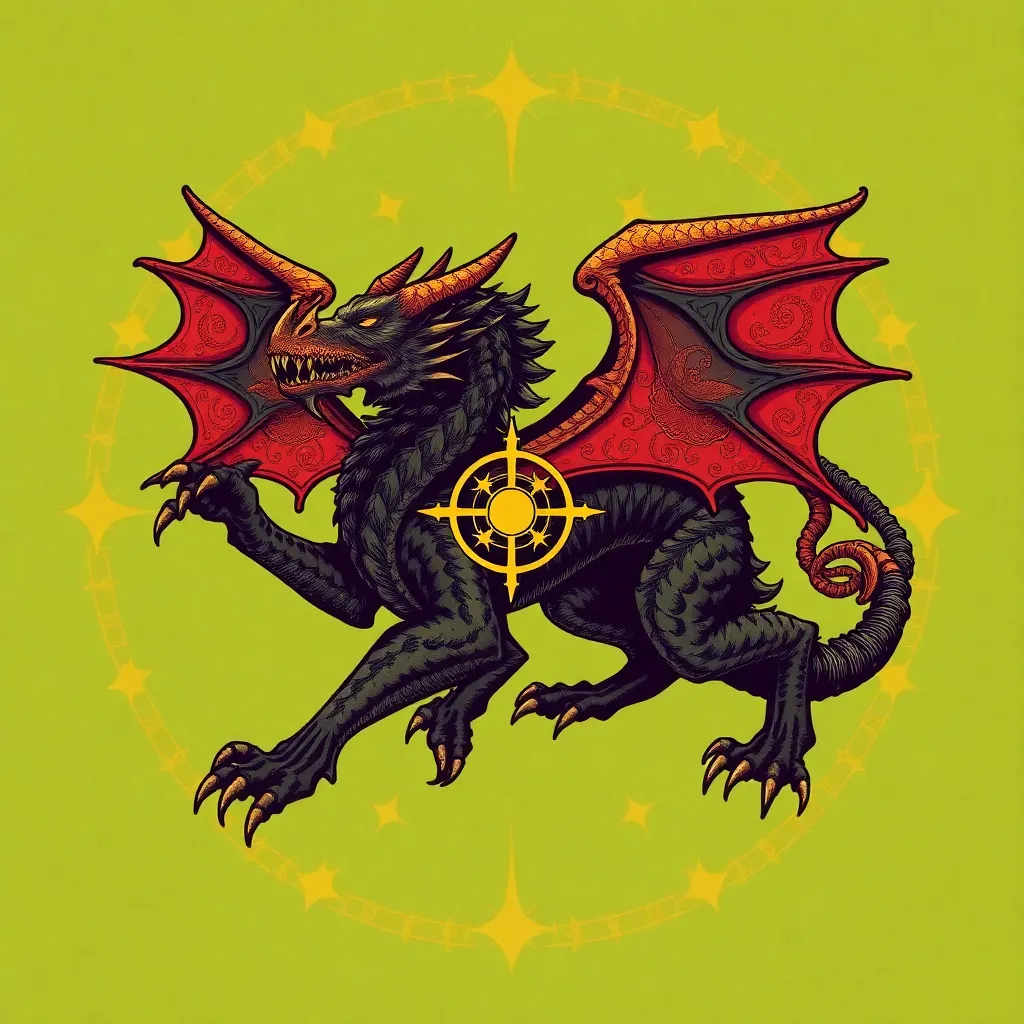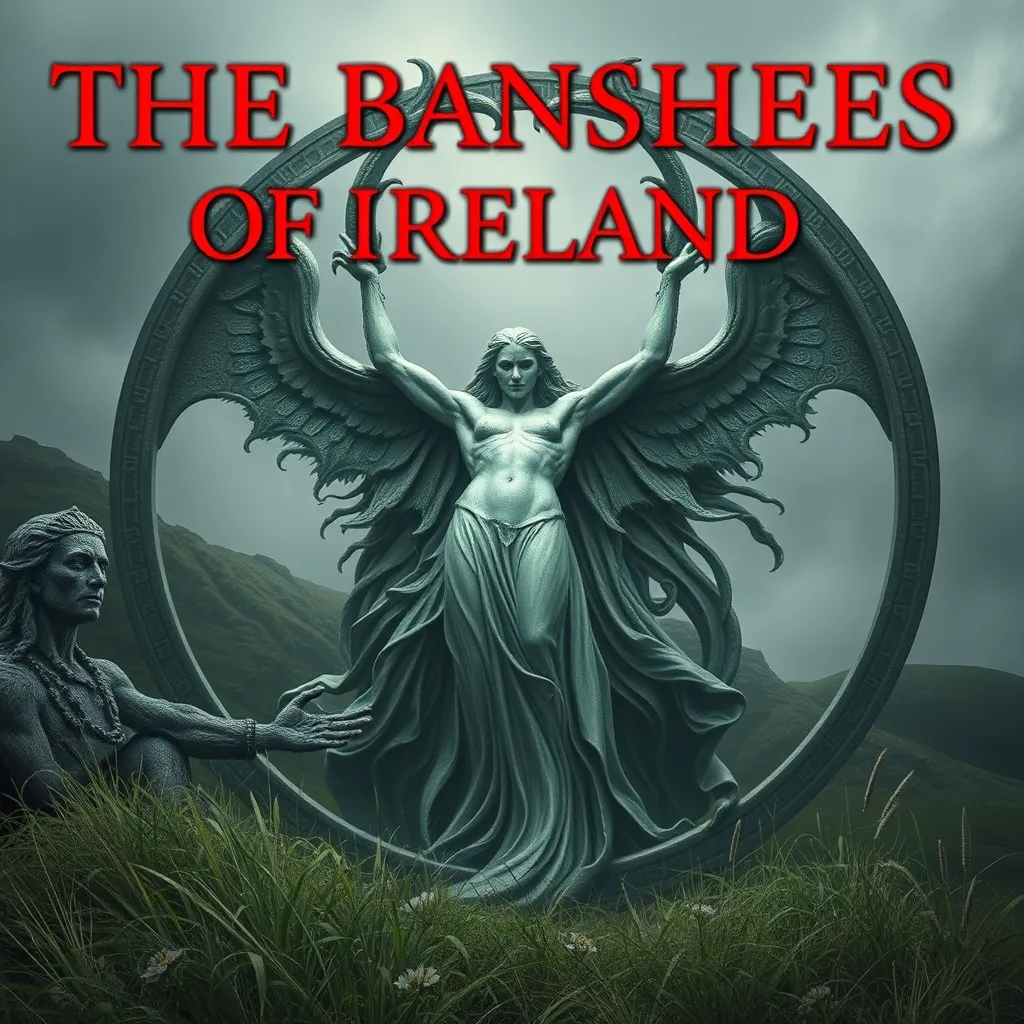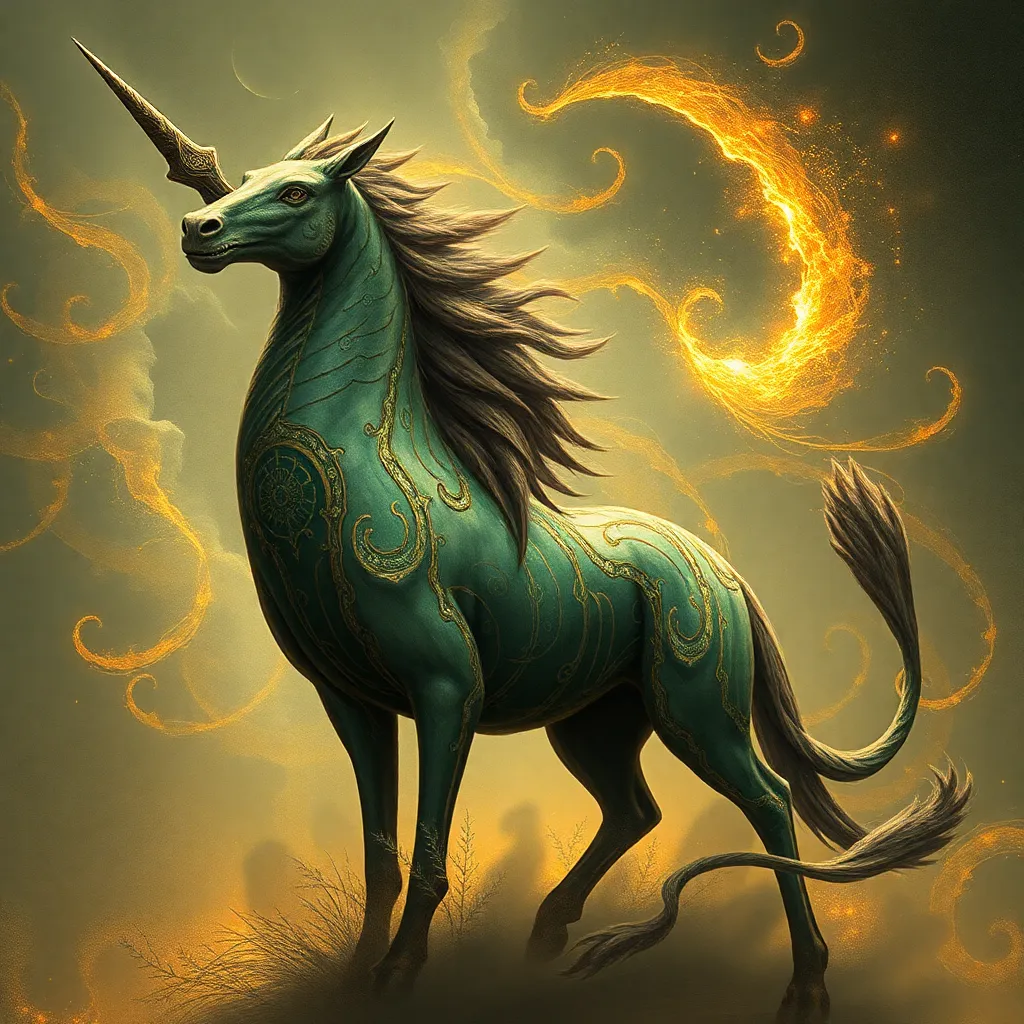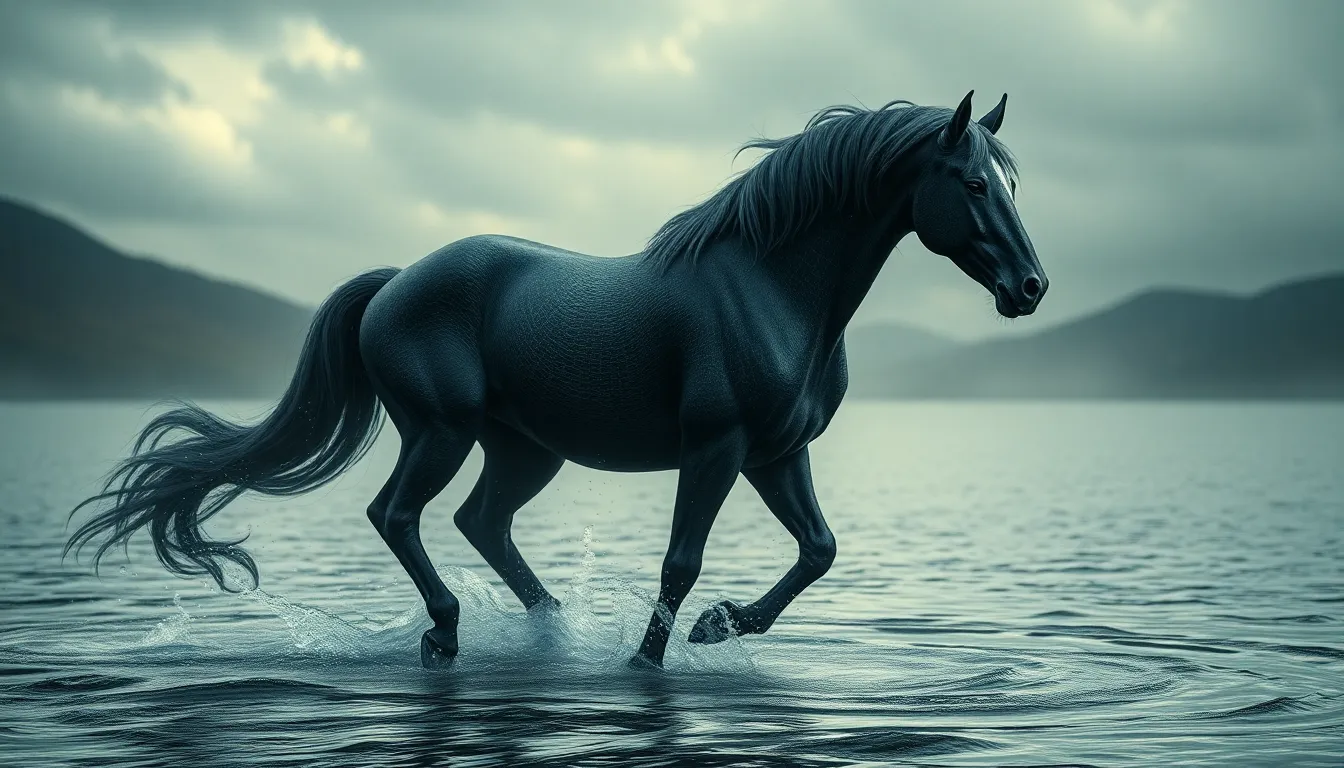The Manticore’s Symbolism: Exploring its Meaning and Interpretation
I. Introduction
The Manticore is a mythical creature that has captured the imagination of many cultures throughout history. Often depicted with the body of a lion, a human head, and a tail that resembles that of a scorpion, the Manticore is a complex symbol that embodies various themes and meanings.
Historically, the Manticore has held significant importance in folklore and mythology, representing a blend of different attributes that provoke thought and interpretation. This article aims to delve into the symbolism of the Manticore, exploring its historical origins, physical characteristics, psychological interpretations, and its role in art and modern culture.
II. Historical Origins of the Manticore
The Manticore’s origins can be traced back to ancient Persian mythology, where it was first described in texts dating back to the 5th century BCE. The creature was known as the “Martichora,” which translates to “man-eater,” highlighting its fierce and dangerous nature.
As the Manticore evolved in Greco-Roman literature, it became a symbol of the exotic and the monstrous. It appeared in various works, including the Natural History by Pliny the Elder, who described it as a fearsome predator.
Throughout different civilizations, the Manticore has represented various themes, such as the fear of the unknown and the blending of human and animal traits, which reflect cultural anxieties about identity and morality.
III. Physical Characteristics and Their Symbolic Meanings
The Manticore’s unique physical attributes contribute to its rich symbolic meaning:
- The lion’s body: This element symbolizes strength, courage, and nobility. Lions are often regarded as kings of the animal kingdom, and by embodying this trait, the Manticore evokes a sense of power.
- The human head: The presence of a human head signifies intelligence, complexity, and the duality of human nature. It suggests an intellect that can reason but is also capable of great savagery.
- The scorpion tail: The tail represents danger and vengeance, highlighting the Manticore’s lethal nature. Scorpions are known for their stings, symbolizing the potential for harm that lies beneath an attractive exterior.
IV. The Manticore in Mythology and Folklore
In ancient myths and stories, the Manticore often served as a cautionary figure, warning against the consequences of unchecked power and savagery. Its fearsome reputation made it a popular subject in tales that explored the limits of human ambition and morality.
Compared to other mythical creatures, the Manticore stands out due to its unique combination of traits. For example, while dragons are often depicted as greedy and destructive, the Manticore embodies a more complex interplay of human and animalistic characteristics.
Lessons and morals derived from Manticore tales often emphasize the importance of understanding and accepting the darker aspects of human nature, as well as the potential for destruction that lies within us all.
V. Psychological Interpretations of the Manticore
The Manticore can be interpreted through a psychological lens as a symbol of the unconscious mind. Its hybrid nature reflects the complexities of human psychology, where different aspects of one’s personality can exist in conflict.
In this context, the Manticore represents inner conflicts and duality—between civilization and savagery, reason and instinct, and beauty and danger. This duality can manifest in various ways, influencing human behavior and decision-making.
Modern psychological theories often draw upon such symbols to explore the human psyche, suggesting that acknowledging these dualities can lead to greater self-awareness and understanding.
VI. The Manticore in Art and Literature
The Manticore has been depicted in various forms of medieval art and literature, often illustrating its fearsome qualities. Artists used the creature to evoke awe and terror, making it a popular subject in tapestries and paintings of the time.
In contemporary works, the Manticore continues to appear in literature and art, often as a metaphor for the struggles of modern life. Its complex symbolism allows for varied interpretations, making it a versatile figure in storytelling.
Symbolic interpretations in artistic representations often highlight the tension between beauty and danger, reflecting societal fears and the complexities of human existence.
VII. Modern Symbolism and Cultural References
Today, the Manticore can be found in various facets of pop culture, including films, video games, and literature. It often serves as a representation of hybrid identities, echoing contemporary discussions about the merging of cultures and the complexity of modern existence.
The Manticore also acts as a metaphor for societal issues, such as the consequences of power and the dangers of unchecked ambition. Its enduring presence in popular media illustrates the relevance of its symbolism in addressing modern concerns.
VIII. Conclusion
In summary, the Manticore is a multifaceted symbol that has evolved throughout history, capturing the complexities of human nature and society. Its unique physical characteristics and rich symbolism have made it a significant figure in mythology, psychology, art, and modern culture.
The enduring legacy of the Manticore’s symbolism invites further exploration and interpretation, encouraging individuals to reflect on their own inner conflicts and the dualities that exist within themselves.



